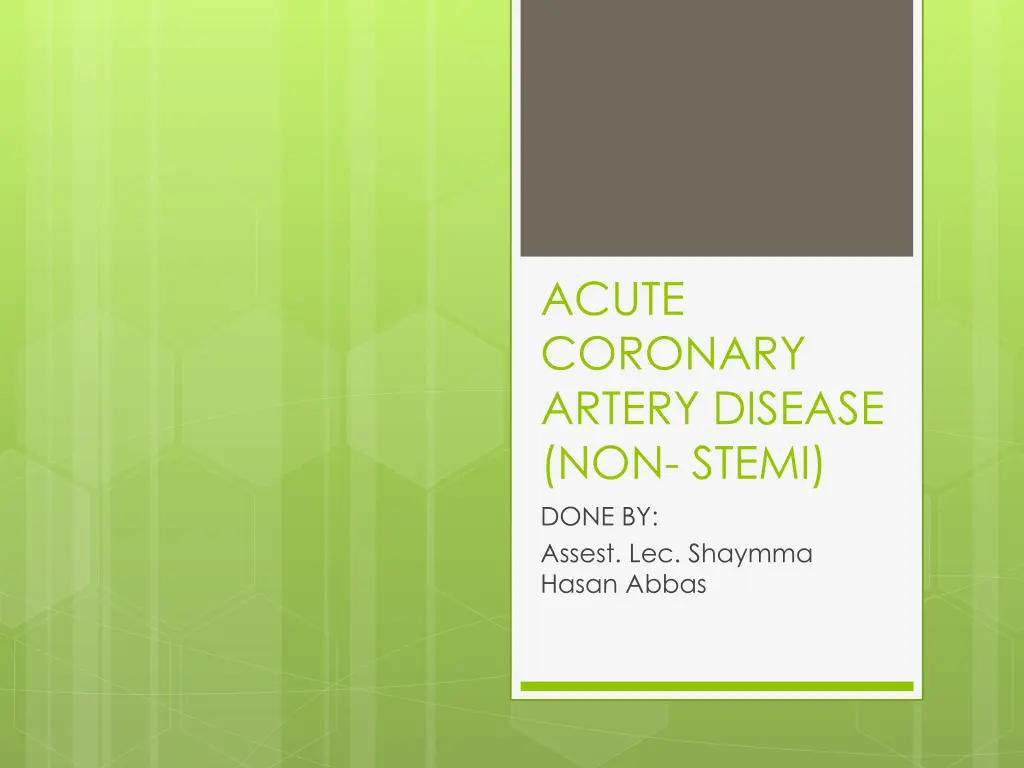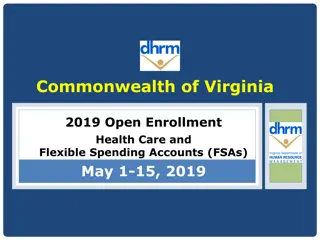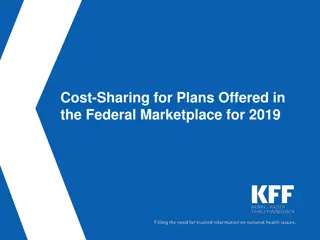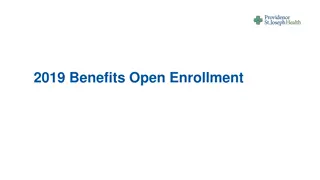
Early Pharmacotherapy for Non-ST-Segment Elevation Acute Coronary Syndromes
Learn about the early pharmacotherapy guidelines for managing non-ST-segment elevation acute coronary syndromes (NSTE-ACS), including the use of oxygen therapy, nitrates, aspirin, thienopyridines, beta-blockers, anticoagulants, and the exclusion of fibrinolytic therapy. Understand the importance of these medications in treating NSTE-ACS to reduce mortality and prevent major cardiac events.
Download Presentation

Please find below an Image/Link to download the presentation.
The content on the website is provided AS IS for your information and personal use only. It may not be sold, licensed, or shared on other websites without obtaining consent from the author. If you encounter any issues during the download, it is possible that the publisher has removed the file from their server.
You are allowed to download the files provided on this website for personal or commercial use, subject to the condition that they are used lawfully. All files are the property of their respective owners.
The content on the website is provided AS IS for your information and personal use only. It may not be sold, licensed, or shared on other websites without obtaining consent from the author.
E N D
Presentation Transcript
ACUTE CORONARY ARTERY DISEASE (NON- STEMI) DONE BY: Assest. Lec. Shaymma Hasan Abbas
Early Pharmacotherapy for Non ST-Segment Elevation Acute Coronary Syndromes According to the ACC/AHA non ST-segment elevation ACS practice guidelines, in the absence of contraindications, early pharmacotherapy of NSTE ACS should include 1- intranasal oxygen (if oxygen saturation is low), 2- Nitrates Sublingual NTG followed by intravenous NTG should be administered to patients with NSTE ACS and ongoing ischemia
Early Pharmacotherapy for Non ST-Segment Elevation Acute Coronary Syndromes 3- Aspirin. aspirin reduces the risk of death or developing MI by about 50% (compared to no antiplatelet therapy) in patients with NSTE ACS. Therefore, aspirin remains the cornerstone of early treatment for all ACS. Dosing of aspirin for NSTE ACS is the same as that for STE ACS . Aspirin is continued indefinitely.
Early Pharmacotherapy for Non ST-Segment Elevation Acute Coronary Syndromes 4- Thienopyridines For patients with NSTE ACS, clopidogrel started on the first day of hospitalization as a 300 to 600 mg loading dose and followed the next day by 75 mg orally per day for 9 to 12 months. 5- Beta-Blockers Intravenous -blockers followed by oral - blockers should be administered to all patients with NSTE ACS in the absence of contraindications.
Early Pharmacotherapy for Non ST-Segment Elevation Acute Coronary Syndromes 6- Anticoagulants Either UFH or LMWH should be administered to patients with NSTE ACS. Therapy should be continued for up to 48 hours or until the end of the angiography or PCI procedure. 7- Morphine is also administered to patients as described previously.
Early Pharmacotherapy for Non ST-Segment Elevation Acute Coronary Syndromes 8- Fibrinolytic Therapy: Fibrinolytic therapy is not indicated in any patient with NSTE ACS, as increased mortality has been reported with fibrinolytics compared to controls in clinical trials in which fibrinolytics have been administered to patients with NSTE ACS (patients with normal or ST-segment depression ECGs).
Early Pharmacotherapy for Non ST-Segment Elevation Acute Coronary Syndromes 9- Glycoprotein IIb/IIIa Receptor Inhibitors Administration of tirofiban or eptifibatide is recommended for high-risk NSTE ACS patients as medical therapy without planned revascularization and for patients with continued or recurrent ischemia despite treatment with aspirin and an anticoagulant. In these patients, the benefit of glycoprotein IIb/IIIa inhibitors appears to be limited to those undergoing PCI. Abciximab should not be used in this setting, because its use in such a setting has not been shown to be beneficial.
Early Pharmacotherapy for Non ST-Segment Elevation Acute Coronary Syndromes 10- Calcium Channel Blockers calcium channel blockers should not be administered to most patients with ACS. Their role is a second-line treatment for patients with certain contraindications to B-blockers and those with continued ischemia despite B-blocker and nitrate therapy. Administration of either amlodipine, diltiazem, or verapamil is preferred. Agent selection is based on heart rate and left ventricular dysfunction (diltiazem and verapamil are contraindicated in patients with bradycardia, heart block, or systolic heart failure).
Secondary Prevention Following Myocardial Infarction Pharmacotherapy, which has been proven to decrease mortality, heart failure, reinfarction, or stroke, should be initiated prior to hospital discharge. for secondary prevention, Guidelines from the ACC/AHA suggest that in the absence of contraindications, following MI from either STE ACS or NSTE ACS, patients should receive indefinite treatment with aspirin, a b-blocker, and an ACE inhibitor. For NSTE ACS, most patients should receive clopidogrel, in addition to aspirin, for up to 9 months.
Secondary Prevention Following Myocardial Infarction Most patients will receive a statin to reduce low-density lipoprotein cholesterol to less than 100 mg/dL. Selected patients will also be treated with long term warfarin anticoagulation. For all ACS patients, treatment and control of modifiable risk factors such as hypertension, dyslipidemia, and diabetes mellitus is essential.






















